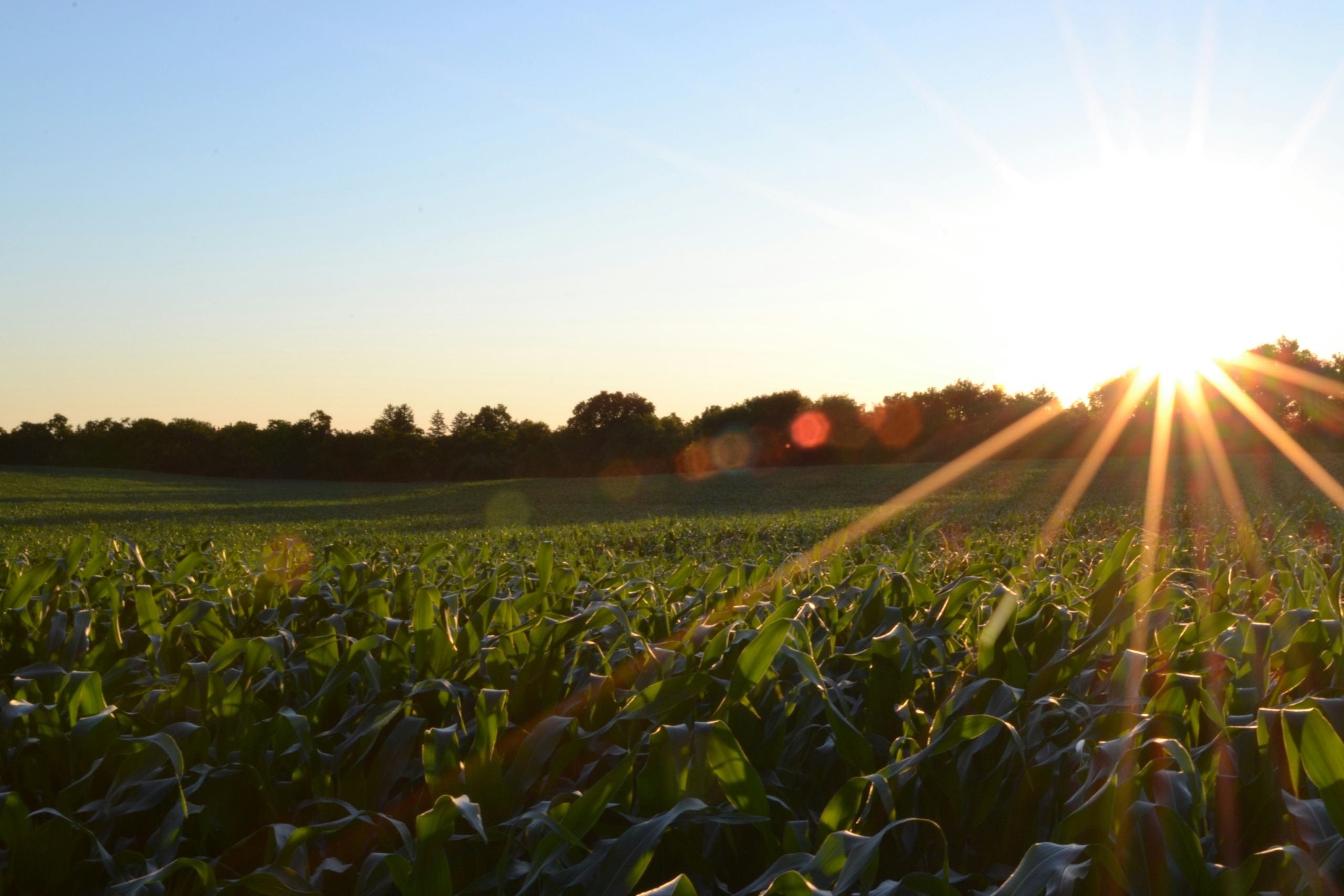4 Foods That Can Feed the World’s Poor
 People around the world are suffering from hunger—more than 800 million of them as of 2021, in fact. Some specific foods that can feed the world’s poor include amaranth, pigeon peas, taro and fonio. Apart from them being nutritious, their weather-resilient nature makes these crops ideal. While tackling the hunger crisis does involve immediate food relief, it also requires a longer-term investment in teaching people to plant well, using sustainable agricultural practices and crops suited to harsh environments. Here are four plants that communities can plant across the world to address hunger.
People around the world are suffering from hunger—more than 800 million of them as of 2021, in fact. Some specific foods that can feed the world’s poor include amaranth, pigeon peas, taro and fonio. Apart from them being nutritious, their weather-resilient nature makes these crops ideal. While tackling the hunger crisis does involve immediate food relief, it also requires a longer-term investment in teaching people to plant well, using sustainable agricultural practices and crops suited to harsh environments. Here are four plants that communities can plant across the world to address hunger.
Amaranth
Although amaranth produces grain, every part of it is edible. Furthermore, its nine amino acids and high protein and fiber content make it a very nutritious meal. It is drought-resistant and has been planted yearly on nearly every continent, making it an excellent crop. Amaranth grain is easier to digest after soaking for a few days. It can be turned into flour or added to a variety of dishes. Amaranth tastes “sweet and nutty,” with a “crunchy [texture] when cooked.” Puente a la Salud Comunitaria is a nonprofit working in Oaxaca, Mexico, to reduce malnutrition and poor health. It is incorporating amaranth into its diet outreach and microenterprise workshops because of its high nutrition. Purdue also recognized the importance of amaranth as one of the foods that can feed the world’s poor when it created an amaranth popper for use in Africa.
Pigeon Peas
This “pea” is not a snap pea or a cowpea. While the grain is edible, the other parts of the plant have been used as roofing, medicine and charcoal. Its usefulness as far more than a food increases its favorability. Pigeon peas are drought and heat-resistant. They can be harvested ripe or dry and must be replanted every year in areas that receive frost. However, in areas without frost, the pea plant can last for up to five years. Under the right conditions, this is an extremely high-yield plant. One plant reportedly produced 2.5 lbs. of seeds, making it an excellent addition to the list of foods that can feed the world’s poor. It is grown widely in India and Africa and has been cultivated at high elevations.
This pea is known for its sweet flavor and must be cooked before it is eaten. In 2022, Madagascan farmers took advantage of pigeon peas’ drought-resistant nature and used the peas to feed their families. The improved soil quality post-pea can be used to plant other crops. In Malawi, pigeon peas have a reputation for being the food that gets eaten when there isn’t anything else to eat. This demonstrates their hardiness, but people are not receptive to it as a staple because they are unaware of its many uses. To solve that problem, a pigeon pea cookbook was published in 2022 to teach people how to use it.
Taro
The underground part of this plant is the most commonly eaten portion, but contrary to popular belief, it is a corm or underground stem, not a root. Although its leaves and stalks are also edible, they are eaten less frequently. High in fiber and nutrients, this adaptable plant is grown around the world, making it one of the ideal foods that can feed the world’s poor. There are several varieties of taro, and as a result, it can be grown in different types of soil. It must be cooked before it is eaten due to its toxicity when raw, and “has a mildly sweet taste and a texture similar to potato” with a note of nuttiness. One of taro’s limits is its inability to store well for long periods of time. However, it can be prepared in various ways to feed the world’s poor.
The Center for Excellence in Disaster Management and Humanitarian Assistance recognizes that taro takes a limited amount of land and work to grow. This makes it an attractive option for farmers and countries in poverty. In 2018, the crop was “9th in the world for food crop production.”
Fonio
This hardy and nutritious grain is another food that can feed the world’s poor. It contains important amino acids along with plenty of fiber and nutrients. Fonio is extremely drought-resistant and can also flourish in less-than-ideal soil conditions. These two characteristics make this grain a formidable opponent of world hunger. It is a traditional African crop and has been grown there longer than any other cereal. It is also easily stored, enhancing its capacity to address hunger. This grain has a “rich, nutty flavor” and expands in size four times when cooked in water.
Looking Ahead
According to UNICEF, “more than one in five children under age 5 worldwide had stunted growth” as a result of malnutrition in 2022. With hardy, nutritious and versatile crops like taro, fonio, pigeon peas and amaranth available, solving world hunger and changing the lives of millions of people could be within reach.
– Abigail Leland
Photo: Unsplash
